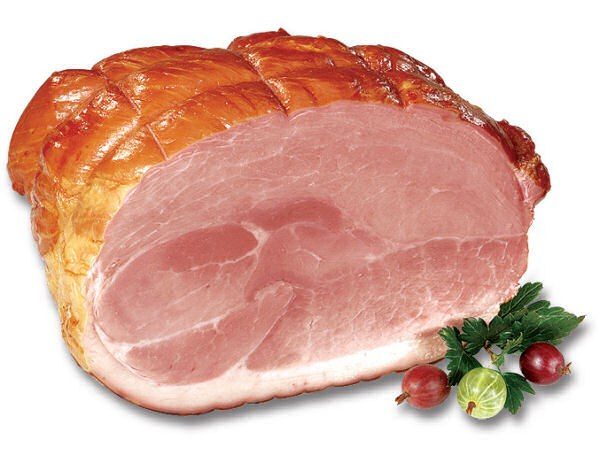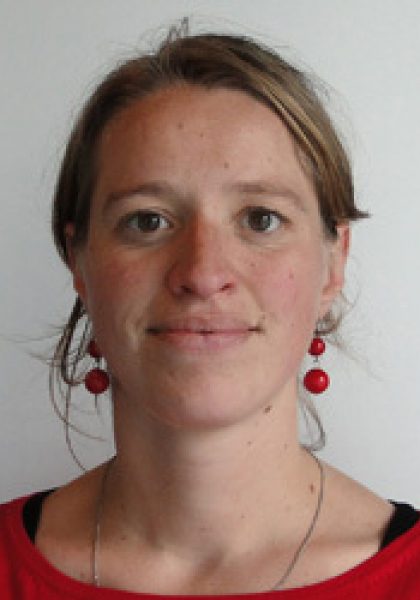Research project Variation in raw and cooked ham quality of pigs in Flanders: insight into the contribution of genetics and the potential of a minimal invasive measurement technique

General introduction
The aim of this project was to get insight in the meat quality variation of sire and sow lines that currently form the genetic basis of our Flemish fattening pigs. The unique aspect of this project was that the meat quality was determined on both fresh meat and high-quality cooked ham. In addition, it was also investigated whether non-destructive measurement methods could be correlated with the quality of the fresh and cooked ham and thus serve as a 'marker' in large-scale monitoring. The results of this project help to identify suitable genetics strategies that in the long run should lead to Flemish fattening pigs with better meat quality and good growth performance.
Research approach
The variation in meat quality was examined in targeted crosses of three sow lines and two types of Belgian Piétrain sire line. One type was selected for higher growth rate and the other type for higher carcass quality. The growth performance, carcass quality and meat quality of the progeny of these animals were monitored. Meat quality was determined both on fresh meat (loin and ham) and processed product (cooked ham). Also, the potential of four types of non-destructive measurement methods (NitFom, Jambo Flash, Vis/NIR Zeiss Corona Fibre and MLSI) was evaluated to predict the meat quality of fresh ham and cooked ham.
Relevance/Valorization
The results obtained from these targeted crossings help to make companies aware of the effect of genotype choice on meat quality. In general, it can be concluded that the choice of sire line and sow line has more effect on performance and carcass quality than on meat quality.
The four tested non-destructive methods were not sufficient to predict with sufficient accuracy meat quality parameters of fresh ham and cooked ham quality parameters, with the exception of colour by MLSI. In contrast, the Jambo Flash and Vis/NIR Zeiss Corona Fibre were able to detect PSE deviations on fresh, while MLSI and NitFom also showed clear potential.
Financing
Flanders' Food
VLAIO
